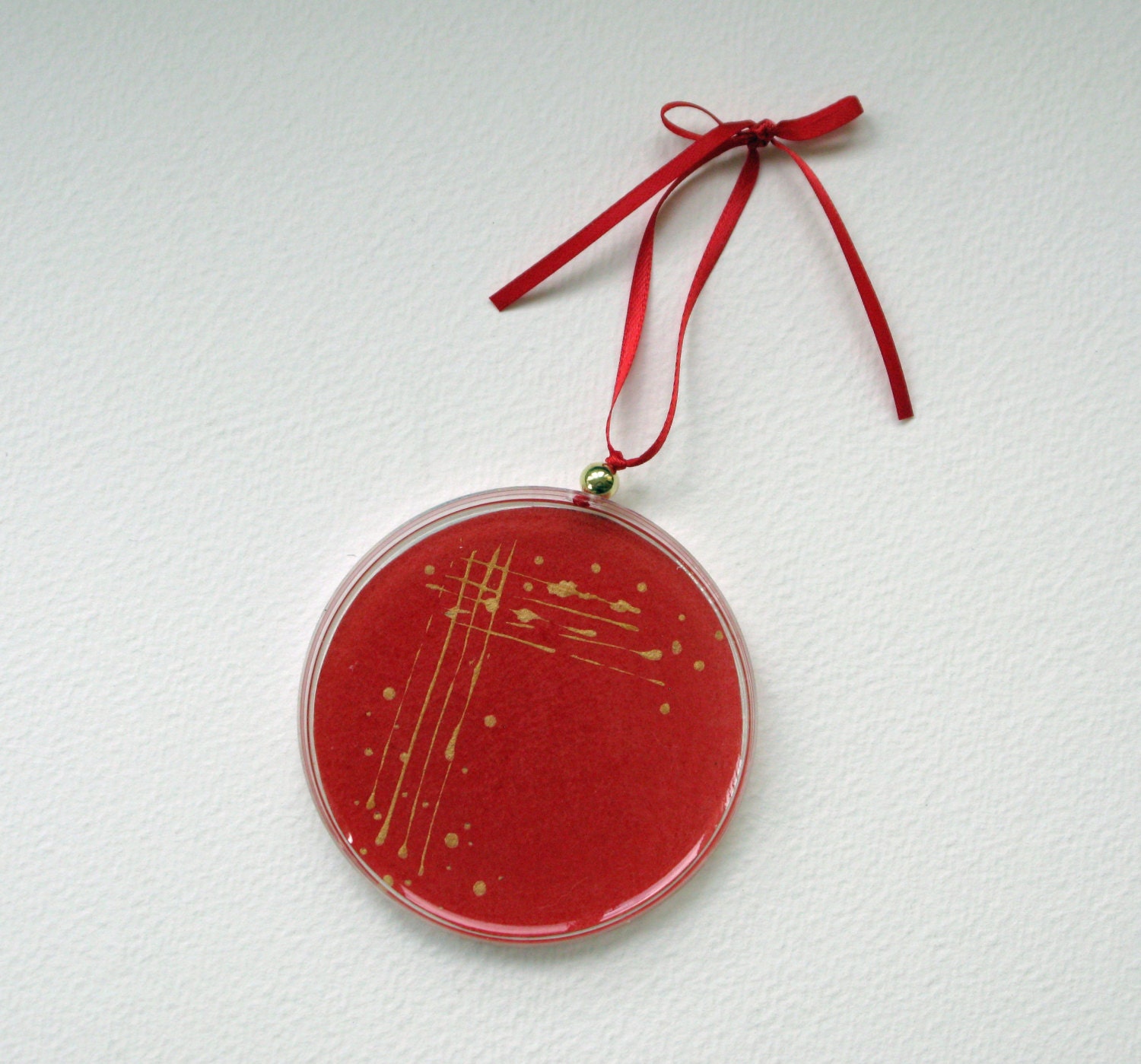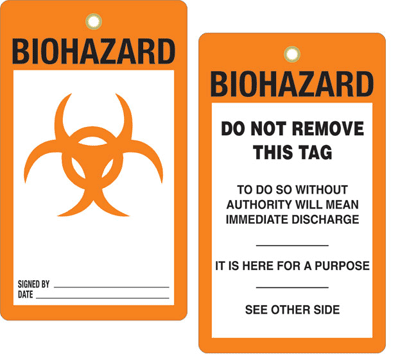Wednesday, June 1, 2016
Thursday, May 5, 2016
Friday, January 15, 2016
What you need to know about ULPA filters?
What is an ULPA filter? Maybe this is what comes into your mind when you have read the title of this blog.
Well, ULPA (Ultra-Low Penetration Air) Filter is a dry extended media filter in a rigid frame, with a minimum particle-collection efficiency of 99.999%. Depending on the filter, the particle-collection efficiency can be measured at 0.3µm or at MPPS. (White, 2009)
It is different from HEPA (High Efficiency Particulate Air) filters in which HEPA filters are capable of removing 99.97% of particles with 0.3 µm diameter.
 |
| Photo credits: http://www.globalspec.com/ |
Which is better?
Before answering that question, these are the things you should know about ULPA filters, in comparison with HEPA filters.
 |
| Photo credits: http://labcrafts.com/ |
1. ULPA filters have a better filtration efficiency. ULPA filters have an efficiency of 99.999% compared to the efficiency of HEPA filters (99.99%).
1 vs 10. If 1 million spores are released on the work zone, only 1 spore will escape from ULPA filter while 10 spores will escape from HEPA filter. As you have noted above, ULPA filters exceeds HEPA filter efficiency. Therefore, it provides better operator and product protection.
2. ULPA filters provide an ISO Class 3 work zone.
What is ISO cleanroom classification?
According to Terra Universal, ISO (International Standards Organization) cleanroom classifications are rated based on how much particulates of specific sizes exist per cubic meter. ISO Class 1 is the "cleanest" cleanroom, while ISO Class 9 is the "dirtiest" cleanroom. HEPA filters provide an ISO Class 5 work zone. Thus, ULPA filters offer substantially better product protection against contaminants.
 |
| Photo credits: http://www.portafab.com/ |
 |
| Photo credits: http://www.nafahq.org/ |
3. ULPA filter media has 5% higher pressure drop. As the pressure drop increases, the electrical power consumption increases. Moreover, as the pressure drop increases, filter life decreases. If HEPA and ULPA filters have the same filter media, HEPA filter has a longer filter life.
As a solution to this problem, ULPA filters can be designed to have larger filter media to have the same filter life as HEPA.
| Photo credits: http://animations.fg-a.com/ |
4. ULPA filter replacement cost is about the same, than HEPA filter.
On average, filter replacement cost is about $300 to 400.
So which is better?
At the same filter life and replacement cost, ULPA filters reduce the chance of operator infection and product contamination.
References:
FS209E and ISO Cleanroom Standards. Terra Universal. Available from http://www.terrauniversal.com/cleanrooms/iso-classification-cleanroom-standards.php
Pressure Drop Considerations in Air Filtration. National Air Filtration Association. Available from http://www.nafahq.org/pressure-drop-considerations-in-air-filtration/
White, E. 2009. HEPA and ULPA Filters. Journal of Validation Technology. [Online] p.54
Sunday, January 3, 2016
Beating post-holiday blues and ensure safety in the lab!
 |
| Photo credits: http://thebalancingact.net.au/ |
Urg, can you believe it? The holiday season finally came to an end. Well, technically it ended on January 4. And what does that mean to us, lab people? It means we are back in the lab. Well, I feel you, guys. It is really hard to start working again after the holidays. Perhaps, many of us are suffering from post-holiday blues, or worse post-holiday syndrome. We can't deny it ~ after the holiday break, we may feel sad or unhappy. Don't be alarmed. It is a normal phenomenon. Hmm, I know it is hard but we should accept reality, right? Look into the bright side ~ you will be again culturing microbes. For sure, they have missed you.
 |
| Photo credits: https://img1.etsystatic.com |
But wait! Before you streak your Petri dishes, check first if it is safe to work in your laboratory, especially in your biological safety cabinet.
So here are a few questions for you to answer.
1. Is my BSC certified?
It is a brand new year, so for biosafety cabinets that have not been certified yet, better contact your service provider and ask for re-certification of your BSC. BSC certification is needed to ensure that:
- its performance meets manufacturer's specifications
- the filter is not damaged, if physically relocated
- the cabinet's airflow and containment factors are within safe limits.
2. Do I wear the necessary PPEs?
 |
| Photo credits: https://heavydutytruckpart.files.wordpress.com |
Sometimes, holiday season may cause us to forget all these laboratory protocols. Well, before you handle your specimens, make sure you are wearing necessary personal protective equipment. This is to minimize exposure to biohazards.
3. Have I allowed my BSC to purge prior to start of work?
To purge means to allow time for contaminated air to be removed from the cabinet environment. Yes, despite being unused during the holidays, the air inside your BSC should be purged. Better safe than sorry, ayt? Leave the blower on for at least 5 minutes before using the cabinet.
Better check if the alarm is working or not, before you start your work. This is to ensure that your BSC is fully operational, including the alarms. Some BSCs have sophisticated alarm system, including sash alarms. Try to move the sash to an improper position. You will expect that the sash alarm will sound. Make sure the alarm is not in mute though. If the alarm still does not sound, then there's something wrong with your BSC. Consult your service engineer for assistance.
| Photo credits: http://a.files.bbci.co.uk/ |
5. Have I surface-decontaminated my BSC work zone?
Same with purge cycles, your BSC work zone should be decontaminated prior to start of work even if it is unused during the holiday break. Materials to be placed inside the BSC should also be surface-decontaminated. Do not forget to surface decontaminate all items within the BSC and remove from the cabinet when work is completed.
6. Am I using a Bunsen burner inside the BSC?
Oops, do not forget that a Bunsen burner should not be used inside the BSC since it can cause airflow disturbance and can endanger you. Your samples will also be at risk of cross contamination. When absolutely necessary, ON/OFF switching type, or electric burners can be used.
I bet you are ready to work after you've answered the questions above.
So beat the post-holiday blues and ensure safety in the lab!
Happy culturing!
Monday, December 21, 2015
Working safely in your biological safety cabinet Part 4
Here is Part 4 of this blog series to guide you in working safely in your BSC.
 |
| Photo credits: http://www.escoglobal.com/ |
13. Only trained personnel should use the cabinet. Since it requires sufficient theoretical and practical knowledge for you to work safely with biosafety cabinets, make sure only trained personnel should use the cabinet while you are gone. Or better yet, limit the access to the lab. Good news! Some biosafety cabinets have access control provisions ~ key switch and/or password protection feature ~ to make sure only authorized personnel can use the cabinet. Check if your biosafety cabinet has this feature!
14. Proper work attire. According to OSHA, personal protective equipment is worn to minimize exposure to serious workplace injuries and illnesses. Wearing a back-fastened lab coat (to protect the operator from splashes) as well as double-gloving (over the cuffs) should be practiced. Masks and safety glasses may be required for some procedures.
 |
| Photo credits: https://www.facebook.com/EscoBiologicalSafetyCabinets1/ |
15. Work within the safe areas. Do not obstruct any of the air grilles in the front or back of the work zone. The front intake grille of biosafety cabinets must not be blocked with paper, equipment or other items. Work as deep into the work zone as possible. Equipment that generate aerosols, e.g. mixers and centrifuges, should be placed towards the rear of the cabinet. Bulky items should be placed to one side of the interior of the cabinet.
 |
| Photo credits: https://www.facebook.com/EscoBiologicalSafetyCabinets1/ |
16. Observe proper aseptic technique. Before starting your work, plan ahead of time. Place all items inside the cabinet, including biohazard collection bags before use to avoid having to take your arms out from the work zone. Surface decontaminate first before removing your arms from the cabinet. Moreover, move arms slowly out of the cabinet. Always work from "clean" to "dirty", segregating contaminated and non-contaminated materials.
 |
| Photo credits: https://www.utexas.edu/ |
Here is a video of Working Safely in your Biological Safety Cabinet. (Video credits from Esco Global)
Remember, SAFETY FIRST before anything else.
Sunday, December 20, 2015
Safety reminders before the holiday break!
Happy holidays!
 |
| Photo credits: http://i.123g.us/ |
I can feel your excitement for the upcoming holidays! But guess what we have a lot of work to do. Who can relate with this?
But do not worry my fellow laboratory scientists, we can continue our work after the holidays, right?
 |
| Photo credits: http://38.media.tumblr.com/ |
However, remember that we are dealing with biohazards so we should not leave our laboratories as it is. We must ensure that our labs are safe to return to when we get back after the holiday break.
So here are a few safety reminders:
1. Observe surface decontamination. Ensure that your biosafety cabinet is appropriately decontaminated before you leave. All items within BSCs, including equipment, should be surface-decontaminated and removed from the cabinet. Before you leave, guarantee that all work surfaces, the sides, back and interior of the glass shall be wiped with an appropriate disinfectant.
 |
| Photo credits: http://www.roth-heat.com/ |
2. Do not rely solely on UV. In decontaminating your cabinet, you can use the UV light. But make sure you also use disinfectants. Remember, UV light is not a substitute for routine surface decontamination.
3. Do not use the cabinet as a storage area. Gentle reminder guys, do not overload the cabinet with unnecessary items. Moreover, before you leave, make sure your biosafety cabinet should be free from materials. It should be empty when not in use, since residual culture media may provide an opportunity for microbial growth!
4. Only trained personnel should use the cabinet. Since it requires sufficient theoretical and practical knowledge for you to work safely with biosafety cabinets, make sure only trained personnel should use the cabinet while you are gone. Or better yet, limit the access to the lab. Good news! Some biosafety cabinets have access control provisions ~ key switch and/or password protection feature ~ to make sure only authorized personnel can use the cabinet. Check if your BSC has this feature!
 |
| Photo credits: http://www.rhizolab.com/ |
Ooops, for the BSCs that are not yet re-certified, make sure when you come back after the holidays, seek for your BSC's annual re-certification to start the year safe in working with biohazards.
Thursday, December 17, 2015
Lab safety even during Christmas season.
It is the most awaited time of the year! Finally, it is Christmas Season!
 |
| Photo credits: https://s-media-cache-ak0.pinimg.com |
Yet, there is still a lot of work to be done in the laboratory - from culturing of bacteria to decontamination of lab materials to washing of Petri dishes.
Oopps. I know what you're thinking. Ha ha. Don't leave your lab untidy! Unless you want to be the next Alexander Fleming who first discovered the first antibiotic, Penicillin.
Here is a recap on how Penicillin was discovered.
Dr. Alexander Fleming was a bacteriologist at St. Mary's Hospital. In September of 1928, Dr. Fleming found a messy lab bench upon returning from a summer vacation. Upon checking a Petri dish containing colonies of Staphylococcus aureus, he noted that it was contaminated with a mold (Penicillium notatum). He viewed the dishes under his microscope, and was amazed to find that P. notatum prevented the growth of S. aureus. And the rest is history, as people always say. See blog: The real story behind penicillin.
Thanks to Dr. Fleming for discovering Penicillin!
I know you're excited to leave your lab and celebrate Christmas, but please do not leave your lab as it is - dirty, untidy, messy, unclean. Instead of discovering another antibiotic, you may put yourself, your environment and the public at risk.
As a safety precaution, here are a few reminders.
1. Before leaving for the holidays, make sure you have cleaned your lab, especially the lab work surfaces with appropriate disinfectant.
2. Wear appropriate personal protective equipment (e.g. gloves, lab gowns, etc.) when working inside the laboratory. You may have a party but remind yourself your street clothing may become contaminated when you do not use PPEs.
 |
| Photo credits: https://www.mysafetylabels.com |
3. Never leave materials or contaminated labware open to the environment outside the BSC. You may induce the mutation of microbes!
4. Store securely all biohazardous materials in labeled, sealed containers.
5. Avoid generating aerosols when working with infectious materials. You may be excited to go out and celebrate but you may be generating aerosols if you move fast or conduct aerosol-generating procedures.
For those who will be celebrating the holidays in the laboratory:
 |
| Photo credits: http://f.tqn.com |
1. Never eat, drink, apply cosmetics or lip balm, or take medication in the laboratory.
2. Hand washing is essential after removing gloves and other PPE, after handling potentially infectious agents or materials and prior to exiting the laboratory.
3. Follow your Laboratory Safety Rules, even during holidays.
Think safety at all times, even during holidays.
 |
| Photo credits: https://www.facebook.com/EscoDuctlessFumehoods |
References:
Markel, Dr Howard. "The Real Story Behind Penicillin." The Rundown 2013. Web. 18 Dec. 2015.
Principles Of Good Microbiological Practice. 1st ed. OSHA. Web. 18 Dec. 2015.
Subscribe to:
Posts (Atom)


